This article will help determine which paint for wood for outdoor work is better given the basic quality criteria. Consider in detail the comparative characteristics of oil, acrylic and alkyd, rubber compounds used for wood processing: their advantages and disadvantages, performance and technical parameters, properties, rating of the best dyes from popular brands, as well as average prices.

What kind of wood paint for outdoor work is better: coating as protection
Wood is considered a traditional building material for the construction of houses. Due to the special properties of this type of raw material provides the building of beauty, environmental cleanliness, warmth and comfort. But like any other material of natural origin, wood needs additional protection.

High-quality protective coating performs several functions at once:
- allows you to extend the life of the material, and the entire structure;
- eliminates the appearance of cracks and deformations;
- allows you to mask the loss of the natural color of wood;
- gives the opportunity to give the construction of the desired shade;
- allows you to vary the design;
- protects the material from the negative effects of external factors;
- prevents mold, fungal spores and microorganisms that destroy the tree.
Therefore, the question of choosing the best paint for wood for outdoor work is extremely important. For the exterior of the building are used compositions on different bases. Acrylic, oil, rubber and alkyd enamels are most commonly used. Each of the listed types of coating has its own beneficial properties and disadvantages. A review and comparison of characteristics will allow you to determine which is the best option suitable for those or other purposes.
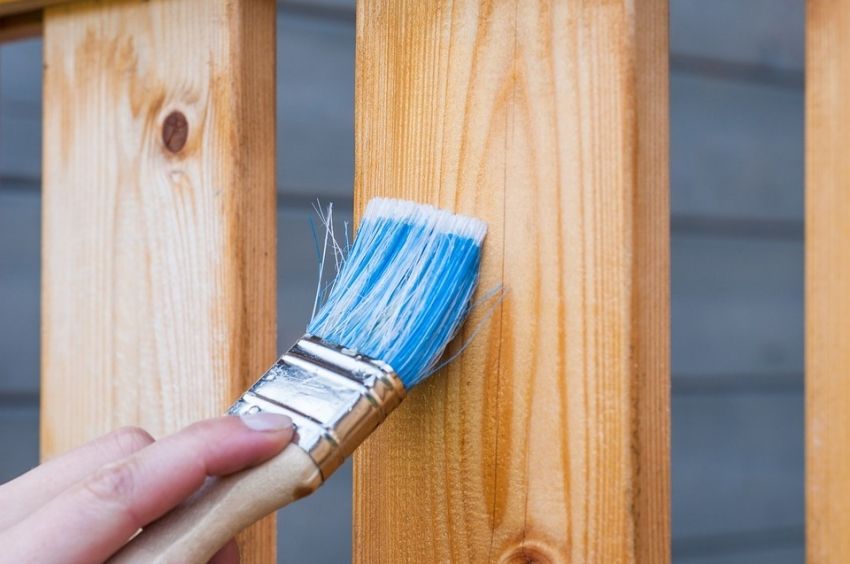
Under the influence of atmospheric phenomena, the external attractiveness of wood is lost, cracks appear and moss, fungus and mold start to develop on the surface. If you choose the right paint for wood for exterior decoration, you can not only prevent the destruction and damage to the material, but also mask the consequences that resulted from this negative impact.
Helpful advice! For additional protection, experts recommend treating a wooden surface with an antiseptic before painting.
High-quality paint coating, providing reliable protection, must have the following properties:
- pushes away moisture that allows to prevent hit of liquid into deep layers of material;
- protection of the surface against microorganisms that inhabit the tree structure;
- repelling insects that can harm wood;
- prevention of drying out under the influence of direct sunlight and subsequent cracking;
- abrasion resistance;
- preservation of decorative characteristics.
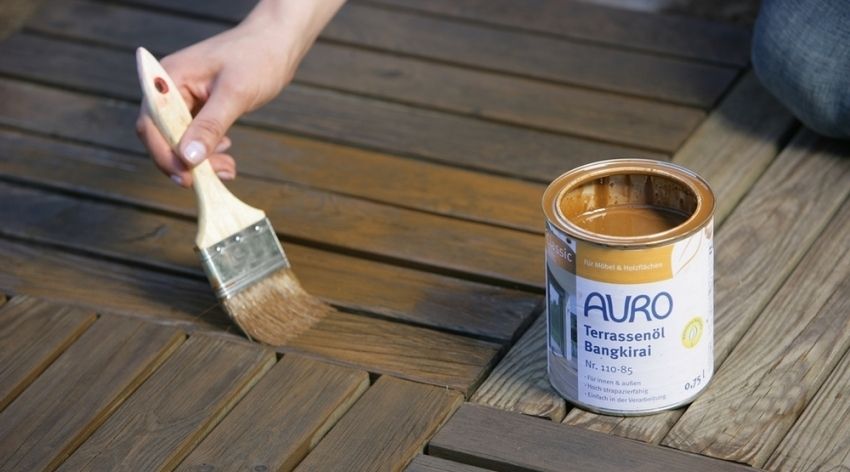
Antiseptic compounds are characterized by high penetrating power. Sometimes the tool is able to penetrate to a depth of 0.7 cm. Due to this, elements made of wood receive a reliable level of protection against putrid and mold lesions, as well as natural factors.
Antiseptic agents are of two types:
- Lessiruyuschie.
- Covering.
In the first case, the coating has a transparent structure, which emphasizes the natural coloring of wood, as well as its natural pattern. Coating antiseptic has another name – opaque. This type of coating completely hides the woody pattern, but retains its texture. If it is difficult to determine which paint to paint the tree in order not to spoil its appearance, it can be limited to the use of a reducing antiseptic that will preserve the natural beauty of the material.
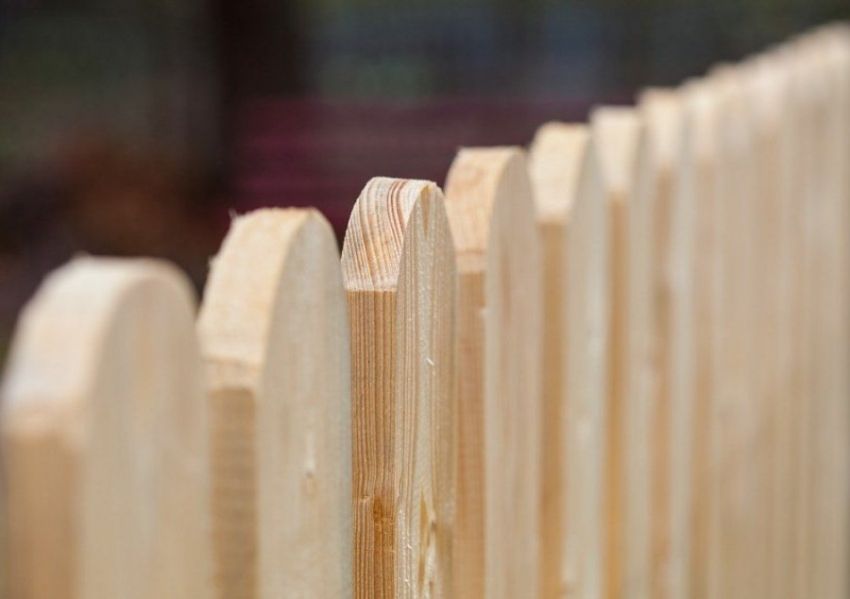
The main functions of an antiseptic:
- imparting antiseptic properties to the surface;
- protection of material from the influence of atmospheric phenomena (wind, precipitation, UV);
- preventing the spread of rot and mildew;
- surface decoration (coating composition);
- the creation of a transparent coating (lassing composition).
Manufacturers use coloring pigments and binders as the main components of oil dyes. Drying oil is the most common component used for the bundle. The role of the coloring pigment is often mineral powder in the form of a fine dispersion. Its particles cannot be dissolved in the binder. This effect is achieved due to the fact that the mineral powder is much heavier than the main component.

Before you buy oil paint for exterior work, you should pay attention to such nuances:
- volume of film-forming substances;
- the presence of volatile components;
- degree of graininess;
- dye consumption;
- the degree of hardness of the coating;
- hydrophobicity.
Helpful advice! Particles of mineral powder often accumulate at the bottom of the can in the form of a dense sediment. Therefore, it is recommended to thoroughly mix the contents of the container before applying the dye. This requirement applies to other formulations.
In addition to binders and pigments, the composition of the dye contains other components, the number of which must be strictly normalized. For example, the proportion of film-forming substances should exceed 25% of the total volume of the mixture. The higher this percentage, the longer the coverage will last. However, a large number of film-forming components reduces the time during which the solution retains its suitability after the container has been opened. In other words, an open can of dye cannot be stored for a long time.
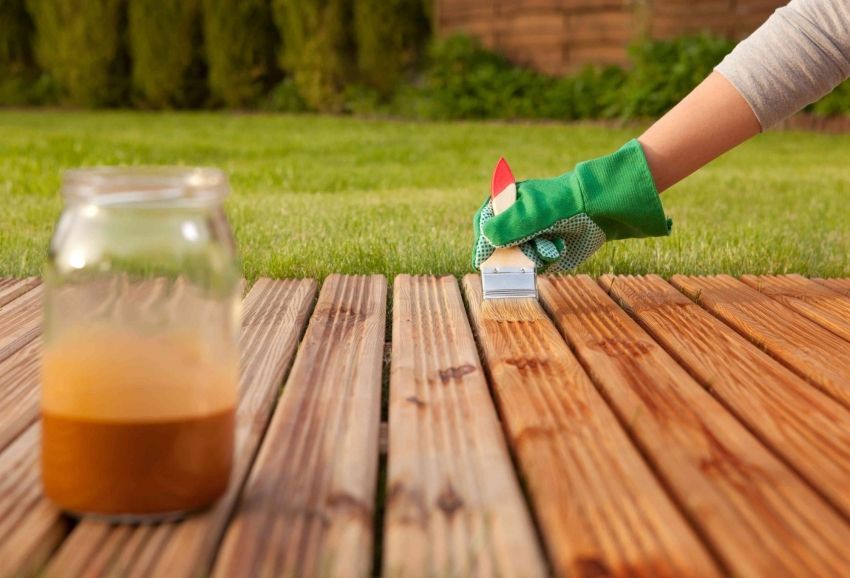
Before you buy paint for wood oil-based, you need to pay attention to the presence of volatile components in the composition. The minimum allowable content of these substances in the solution is 10% of the total amount of the mixture. These components are toxic and hazardous to human health. Evaporation of volatile substances begins at a temperature of + 20 ° C. For this reason, it is necessary to use means to protect the respiratory tract or to paint the surface at lower temperatures.
With a grain size of less than 90 microns, a smooth coating is formed on the treated surface. If you want to get a protective layer with a pronounced roughness, you should buy wood paint for outdoor work with a grain of a larger size.
Paint consumption is influenced by such properties as fluidity, hardening time and composition viscosity, as well as the porosity of the material. The quality mixture viscosity is in the range of 65-140 units. At the same time, the drying time should not exceed 48 hours. The durability of the coating depends on the degree of hardness of the film formation. The higher the number, the better. The level of hydrophobicity in dyes for external use should be 100%. For compositions for interior work put forward more gentle requirements.
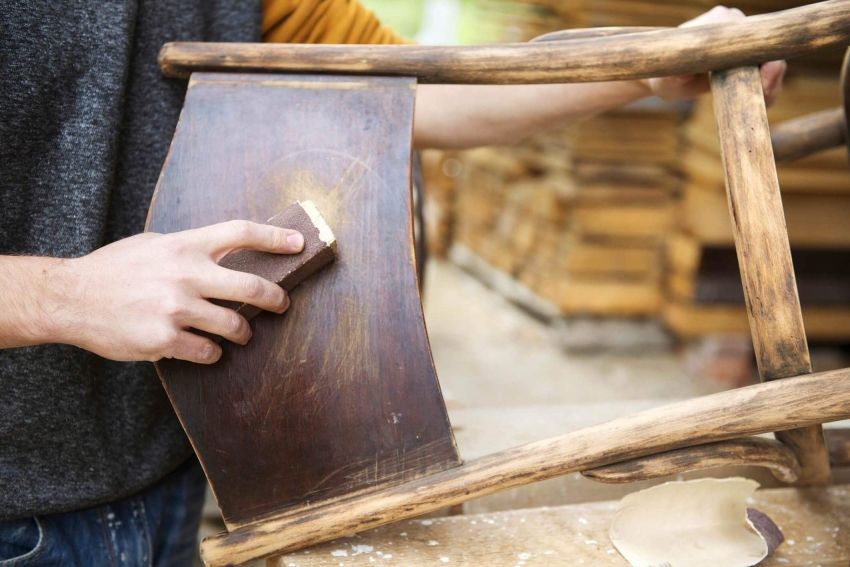
The basis of oil dyes is linseed oil. Moreover, this component can be of both natural and artificial origin. The structure of the composition allows you to give the mixture almost any color.
Important! Oil coatings are not compatible with acrylic paints on wood for outdoor use or other types of compositions. Therefore, to restore the paint layer on a wooden building you will need to use the same type of finish or completely remove the old coating.
Properties of oil based dyes:
- high level of adhesion with a wooden surface, pretreated with a drying oil;
- for complete drying of the coating takes a lot of time (from 24 to 48 hours), therefore, to prevent dust from sticking to the freshly painted surface, finishing work should be carried out when there is no wind outside;
- low degree of resistance to UV light, as a result of which the coating can quickly lose luster and saturation of color, therefore it is recommended to choose white paint for outdoor woodwork or oil composition of a light shade;
- The maximum service life of the coating is 6-7 years or less, subject to the influence of a large number of adverse factors.
Approximate consumption of the dye is 100-150 g / m ?.
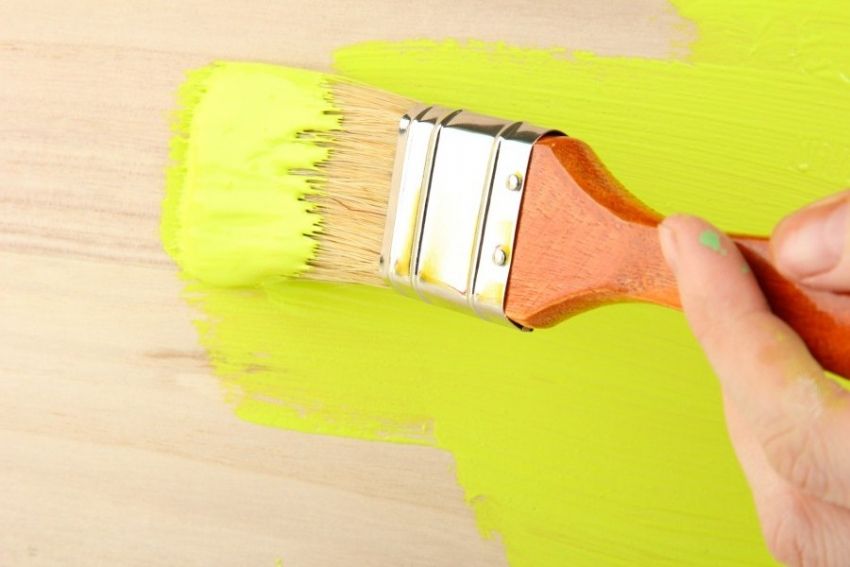
The main component of these dyes is an alkyd varnish. It is pentaphthalic and glyphthalic. The first option is used for the manufacture of compositions for domestic purposes. This varnish is a thick resin that is diluted with a solvent. In the composition of this mixture as additional substances are oils, rosin and glycerin.
As a filler, particles that have been ground to flour can be present:
- sand;
- marble chips;
- granite crumb.
Coatings formed alkyd paints, durable and elastic. The painted surface dries quickly. Most often it takes from 6 to 12 hours. The drying time is influenced by the ambient temperature and the degree of air humidity. During operation, the paint layer does not undergo rapid fading and does not shrink.
Note! Manufacturers of alkyd paints left on the bank marking, which indicates the properties of the composition and its purpose. For example, the PF-115 marking indicates that pentaphthalic lacquer was used in the manufacture. The “1” at the beginning of the digital value indicates external use, and the number “15” is the dye code in the catalog. The mix PF-115 is intended for coloring of metal and wooden surfaces. It forms a glossy layer.

Alkyd dye labeling:
| First number | Dye properties |
| 0 | priming enamel |
| 2 | interior finishing works in rooms of heated and unheated type |
| 3 | creating a temporary seal on the equipment (conservation paint) |
| four | high level of water resistance and hydrophobic properties |
| five | special purpose paints (compositions with luminescence, coatings for scaring small rodents) |
| 6 | resistance to gasoline and oil |
| 7 | resistance to aggressive chemical environments |
| eight | heat resistance |
| 9 | electrical conductivity or electrical insulation |
Consider the advantages of compositions on alkyd basis:
- low price;
- resistance to adverse weather conditions;
- wide temperature range (from -50 to + 60 ° С);
- a wide range of coatings with different effects (semi-gloss, matte, glossy).
The basis for coloring is selected in accordance with the surface material. To create the necessary effect, it is necessary to carefully select the shades of colors for doors under wood. This will require a light color and contrasting dark. Bright gamma can be represented by sand, light yellow or beige. For dark contrast burgundy, rich brown and black.
The choice of color combination is curled from the selected wood to imitate. Fortunately, modern paints allow you to choose not only high-quality coating, but also the necessary colors. Stopping on the dye of a certain brand, you need to consider that all the accompanying tools or shades to create an effect under the tree should belong to the same manufacturer. Only in this case can the coating last for a long time.

